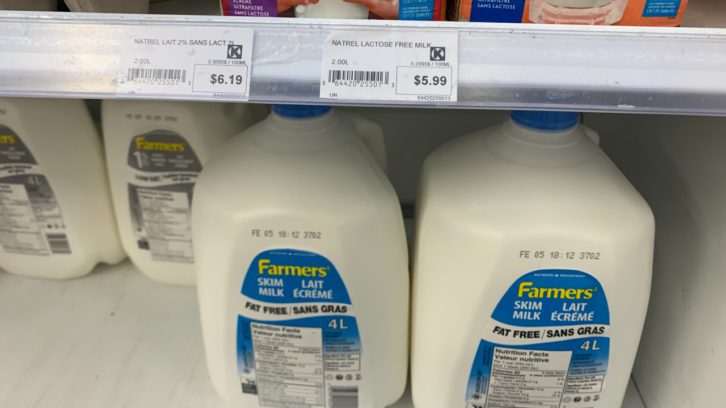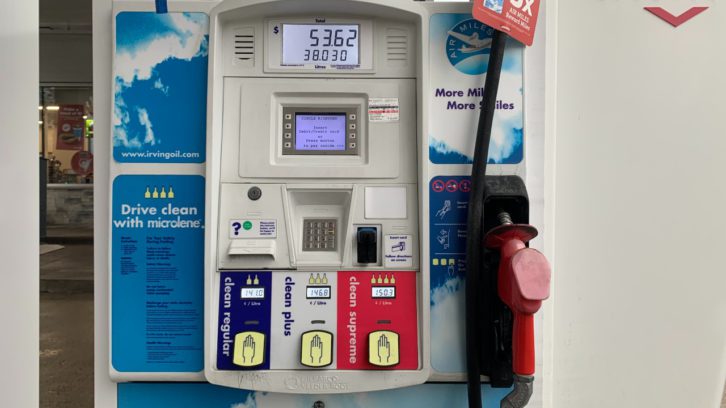Global supply chain constraints led to Canada’s highest inflation rate in 30 years
COVID-19 pandemic complicated transportation of goods in 2021

caption
Prices are increasing for Canadians, leaving those on fixed and low incomes struggling.Canadians are still feeling the effects of COVID-19 on the economy.
On Wednesday, Statistics Canada released its annual review of the consumer price index for 2021, and found that the CPI rose at its fastest pace since 1991.
Food, cars, houses, appliances, insurance and more are all becoming more and more expensive as Canada’s inflation rate reached 4.8 per cent.
“A lot of this has been driven by particular goods that are made in other countries and sold all around the world,” said James McNeil, an assistant professor in Dalhousie’s economics department.
McNeil said that there has been pressure on the global supply chain that is leading to the increase in prices for goods, which Statistics Canada also pointed out in its annual review.
Grocery prices are one area that continue to be on the rise. Breakfast foods such as eggs, bacon and fresh fruit all cost more in 2021 than in 2020.
Sylvain Charlebois, director of the food-analytics lab at Dalhousie, agreed with McNeil and Statistics Canada on the issues with the supply chain. He highlighted how it is affecting the food industry.

caption
Dairy was one of the many products that cost more in 2021.“What we’ve seen in the grocery store is a clear reflection on what goes on up the food chain, unfortunately,” said Charlebois.
McNeil said that when inflation increases, it disproportionately affects those who have low income or a fixed income.
He said that everyone needs food and shelter. People can avoid buying expensive items such as cars and furniture, but they still need to eat and when food prices increase it hurts everyone.
“Anyone who’s on a fixed income, no matter what level, finds it very difficult when there’s inflation,” said Bill VanGorder of the Canadian Association of Retired Persons.
“If everything goes up four, five, six or seven per cent, you feel that as much or as more as somebody on a low income, so it’s extremely worrisome,” said VanGorder.

caption
Canadians paid nearly 32 per cent more at the pump in 2021 than they did in 2020.VanGorder would like to see the Canadian government doing more to help its retired population who live on a fixed income, sooner rather than later.
“If you’re 80 years old, and somebody says, ‘We’ll do something, we’ll make it better over the next five years’, that falls on deaf ears. Somebody who’s 80 years old may not be around to enjoy it five years from now,” said VanGorder.
There is a silver lining looking towards the future when discussing Canada’s inflation rate.
“We’re already seeing some signs that inflation is kind of levelling out, and maybe even tapering off,” said McNeil.
McNeil noted that experts such as the Bank of Canada predicted a rise in the country’s inflation rate at the beginning of the year, but that it should stabilize and move back toward the target of two per cent in the coming months.

